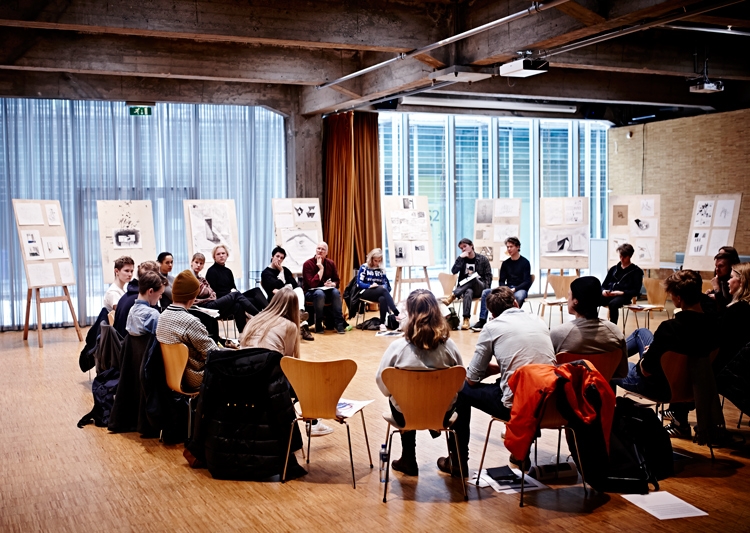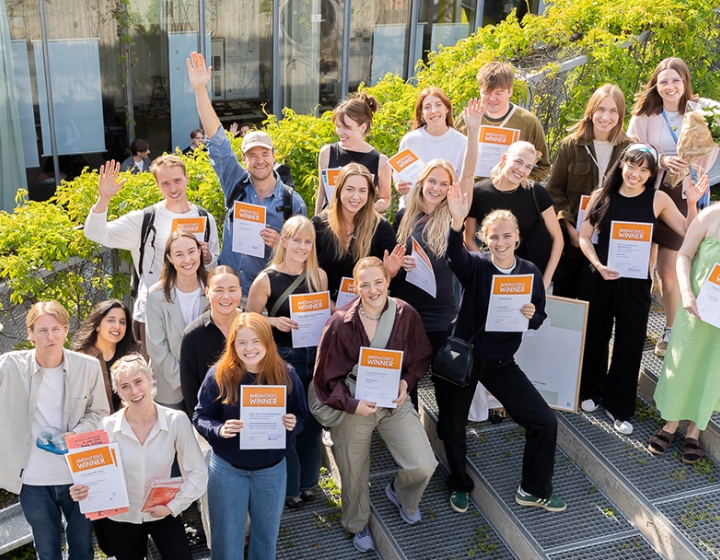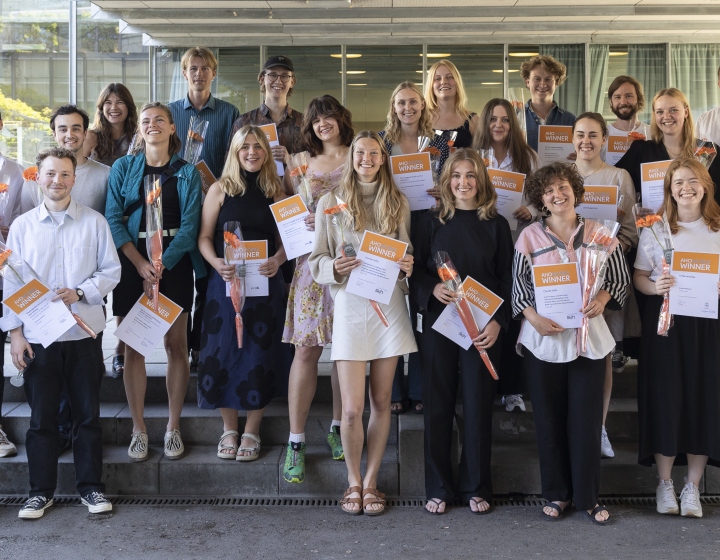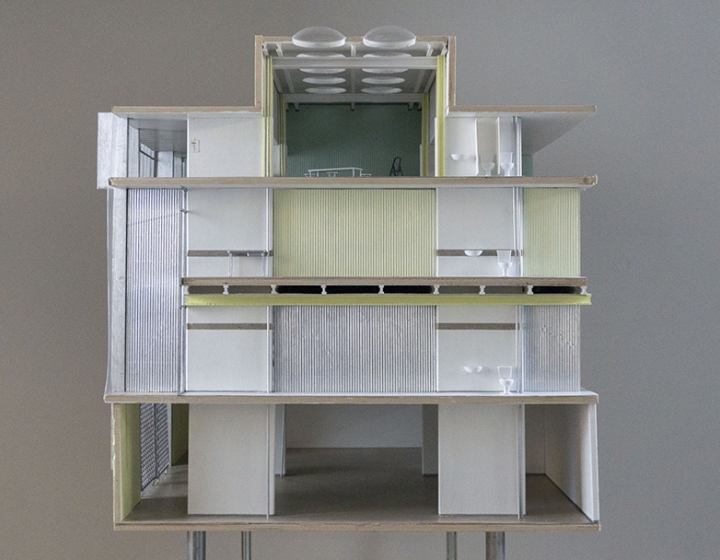Different perceptions of the architect's role
Architecture students have a different understanding of the architecture profession as a result of where they have studied. The students achieve different knowledge and values from their education.
Barbro Grude Eikseth has looked at how architecture students are equipped for professional life in terms of communication and collaboration with clients, users and collaborators. On August 23, she defended her doctoral thesis at AHO.
She believes that the three architecture educations in Norway - AHO, The Norwegian University of Science and Technology (NTNU), and the Bergen Architecture School (BAS) - have different views on what architecture is.
"At AHO, architecture is considered to be part of a larger aesthetic and cultural field, emphasizing originality and an architect as a unique creative person. At NTNU there is a diversity of expressions and approaches in the combination of art, technology and society. At BAS, artistic and social-oriented approaches are combined. Here values such as democracy, inclusion and collective participation are strong", said Eikseth.
She does not think it is problem that students are prepared differently for the architecture profession.
"On the whole, students get a lot of the same knowledge and skills at different schools. The inequalities that exist may be good - we need different architects in society.
Communication and cooperation
Many students experience a big transition when they go to work. Eikseth believes good communication skills must come stronger and more stategically into education.
"Architecture is complex and there are many people involved in a creation. It requires more of the architect than being a good designer. One must also be able to create something and co-operate with others. A student who has an open mindset and concrete communication tools from the education might do better than one who doen't", she says.
What is architecture?
The starting point for Eikseth's dissertation was a wish to highlight some of the big questions in the field. What does it mean to be an architect? How do you become an architect? She discovered that the students at the three schools gradually developed a new repertoire of examples of "good architecture" through teaching, just like when she herself was an architect student.
"When I studied in the 1990's, I learned that what we were taught was a represenation of good architecture did not necessarily match the outside world's opinion. The fact that we consider architecture differently coudl be because we have different knowledge and experience relating to architecture, and individual understanding of what a building is. A building can be seen as both a "functional facility", "architectural work" or "economic investment". And different understandings of architecture can make communication more challenging", said Eikseth.
Barbro Grude Eikseth, PhD Thesis (2017): Arkitekter i emning. Profesjonsforståelser og brukerperspektiver i norsk arkitektutdanning 2009–2012. (Norwegian only)



